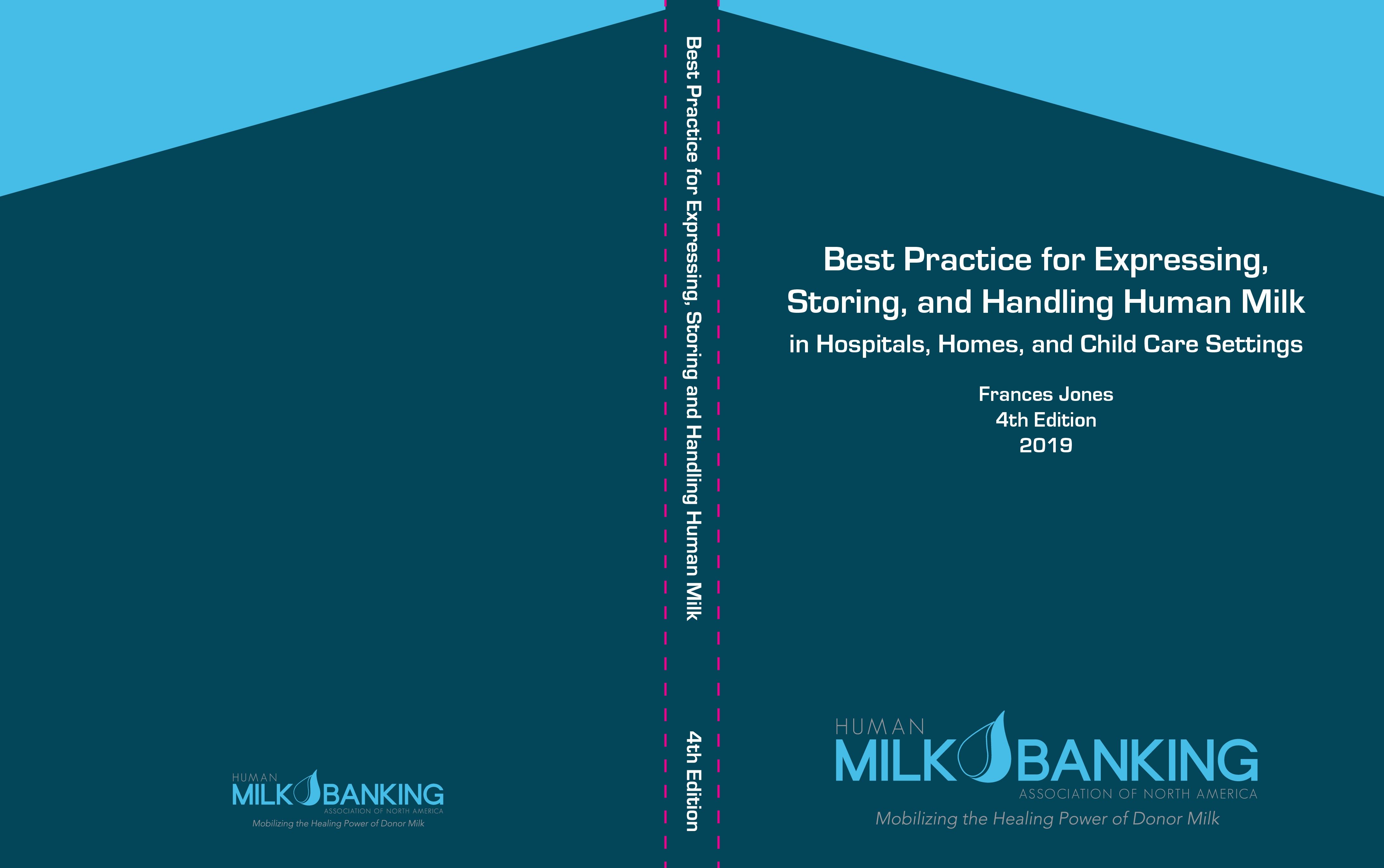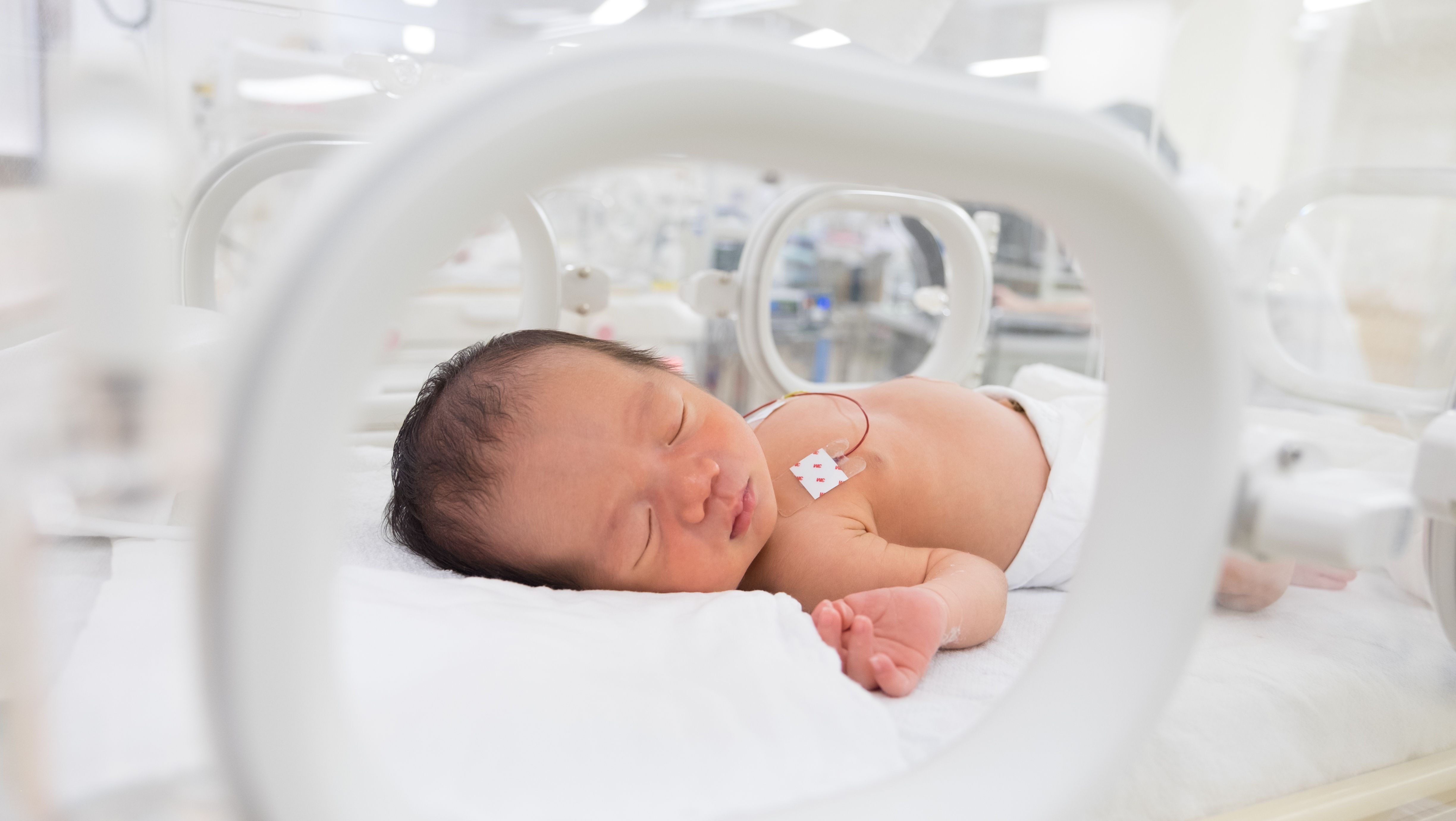
The new 2019 edition and fourth edition of HMBANA’s, “Best Practice for Expressing, Storing and Handling Human Milk in Hospitals, Homes, and Child Care Settings” is now available for purchase.
This guide provides recommendations on expressing, storing, and handling human milk based on peer-reviewed scientific evidence, and, where that is lacking, expert opinion. It includes the following ten sections, plus eight additional appendices:
- Hygiene
- Support for Breastfeeding Mothers and Families
- Cleaning Pump Equipment
- Milk Storage
- Handling Milk
- Use and Handling of Feeding Equipment
- Feeding Human Milk in the Intensive Care Nursery
- Use of Fortifiers and Effects of Storage Time
- Management of Equipment and Feedings in the Intensive Care Setting
- Donor Milk and Other Options
Double the size of the immediate past version, this “Best Practice” includes new data on many more topics, including updates to optimal storage times for thawed pasteurized human milk. The guide cites over 1,000 references, making it a useful, evidence-based tool for hospitals, other institutions, and lactation professionals handling human milk.
Although the focus is expressing, storing, and handling human milk, it also includes information about supporting mothers to breastfeed their own infants. Human milk was originally thought to be sterile until removed from the mother’s body. However, it is now known that the human milk microbiome is influenced by the method of delivery (vaginal versus cesarean), maternal weight, and changes over the duration of breastfeeding.
Each step in the collection and storage process may affect the final product. Level of cleanliness, method of expression, type of storage container, storage temperature, and length of storage all impact the caloric content, immunological function, and nutritional value of the milk. Expression, collection, and storage recommendations may vary somewhat depending on the health of the infant or child, whether premature, full-term, healthy, or ill.
Recommendations also depend on how the milk is stored and delivered, whether in the home, hospital, or child care setting. These storage recommendations represent best practices based upon available scientific evidence. They are intended to facilitate the provision of human milk that is collected as cleanly as possible, bacteriologically safe, and nutritionally complete.
Copies of the guide are available online in our publications section.

